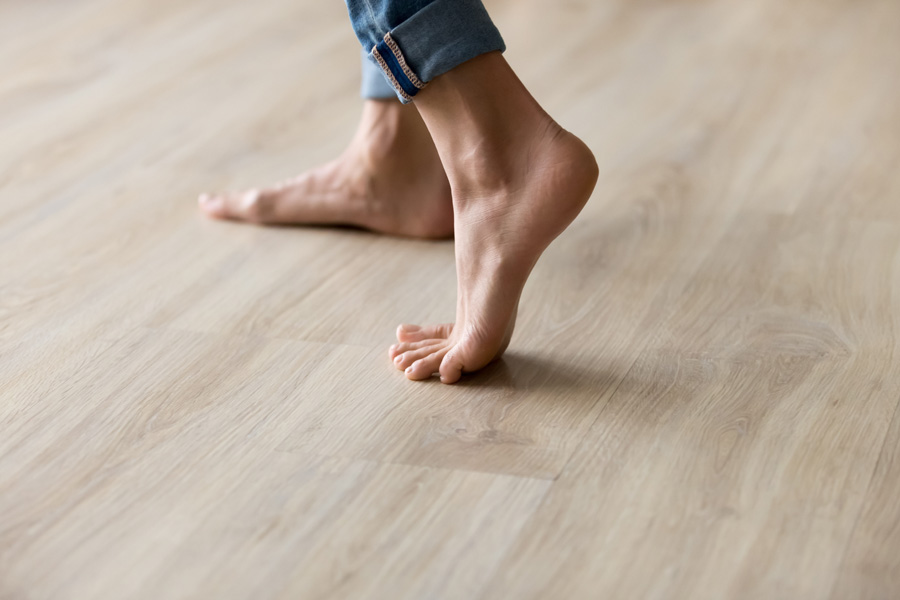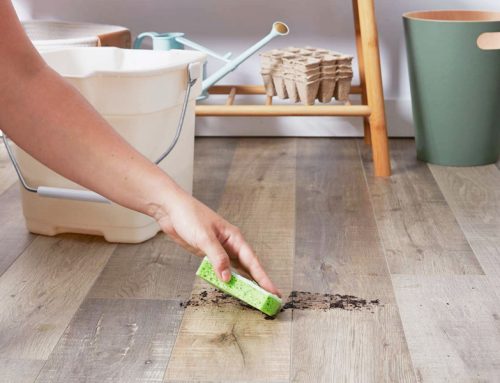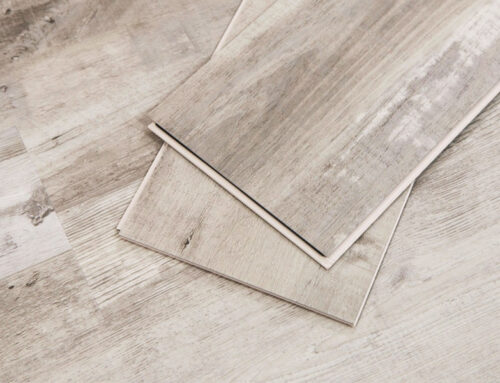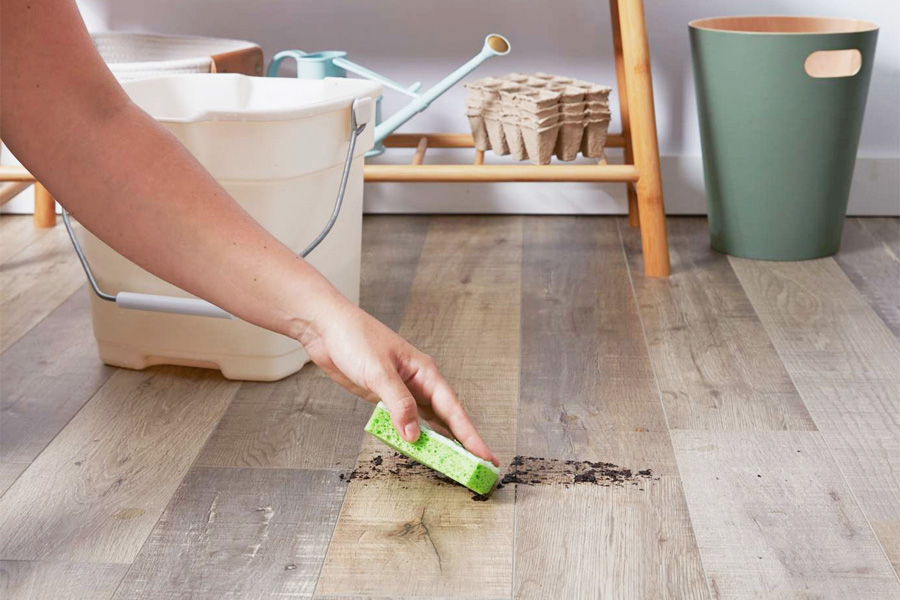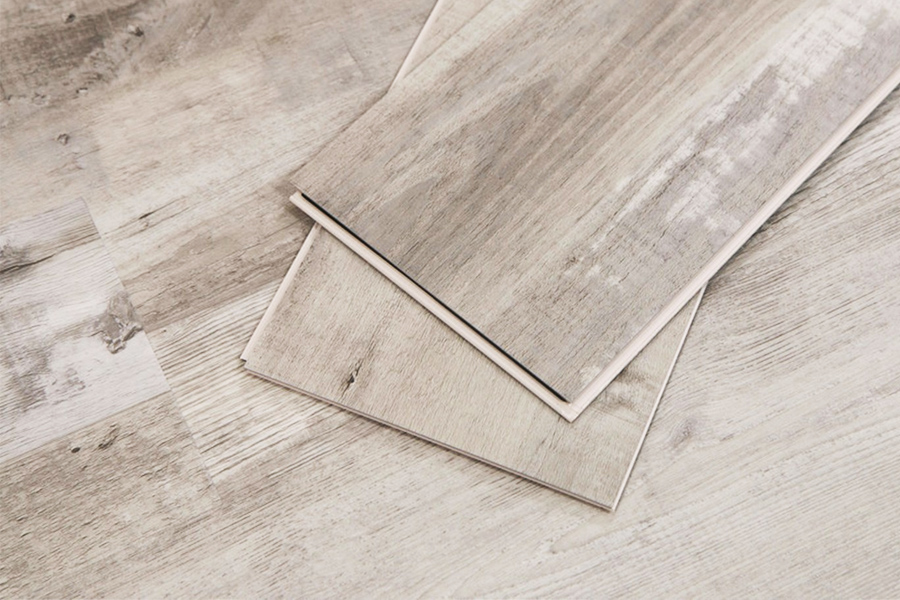When it comes to renovations, starting with a standout floor is a great way to anchor your style. But with all the options, it can be tough to decide what solution is the best choice for your project. When it comes to laminate or vinyl, the choice can be even cloudier. While they might seem similar on paper, vinyl and laminate have different pros and cons. Put them to their best use by playing to their strengths. Stick with us to find out below how to use them most effectively in your space.

What is Laminate Flooring?
Laminate flooring is a manmade product that showcases the look of traditional hardwood but at a more affordable cost. Instead of being a solid plank of wood, laminate boards are made of a thin sheet of plastic printed with a decorate photo image. This image is layered over a composite core of high-density fiberboard. Affordable and beautiful, laminate provides a softer feel underfoot as well as sound and impact insulation. While laminate is good for many areas of the house, it is not moisture resistant. Care should be taken during its installation and builders should be mindful of wet and damp conditions.
Pros:
- Resistant to scratches and dings
- More affordable than engineered or solid hardwood
- Clear topcoat helps resist UV fading
- Versatile can be installed over any subfloor, concrete, wood or existing
- Comes in exciting patterns and textures, modern looks mimic look of real wood and stone
Cons:
- Susceptible to moisture and warping
- Doesn’t repair easily, new pieces may not match
- Does take still to install professionally

What is Vinyl Flooring?
Unlike laminate, vinyl flooring is great for areas that might get wet or have high humidity. It is a PVC product which means it can last for years with minimal upkeep. It is durable, affordable, and low maintenance. Today’s vinyl is made up of three layers:
A core – made of soft or rigid plastic that provides a foundation for the remaining layers to adhere
A design or pattern layer – which can mimic the look of wood, stone, or patterned tile
A wear layer – made of clear, super dense transparent plastic, which waterproofs and seals the product
Vinyl contains no wood product, so it’s ability to withstand moisture makes it a good choice for kitchen, baths, mudrooms, and entry ways.
Pros
- Durable, long-lasting, resistant to damage
- Easy to install and replace
- Great for wet and humid areas, 100% waterproof
- Easy to clean, wet mop and vacuum
- Nice underfoot, softer than tile or wood and warmer in cold climates
Cons
- Susceptible to dents and scratches from heavy appliances
- Tough to remove
- Can be of inconsistent quality, especially between lots
- Can discolor in sunlight
- Not biodegradable
Vinyl vs Laminate Flooring Trends
This year and into 2022 designers are embracing a weathered look. Aged plank effects, whitewashed boards and rustic patina are all in style. Look for something that’s subtle but interesting. Parquet patterns in grey or white, chevron, herringbone and repeating styles are still going strong. A more subtle choice is to lay planks and tiles on a diagonal. While this will use more material up front, it can be a good compromise for those who aren’t ready to embrace full on geometric design. Look also for laminate in a semi-gloss finish with a layer of texture or a style that combines boards of differing sizes, widths, or tones.


